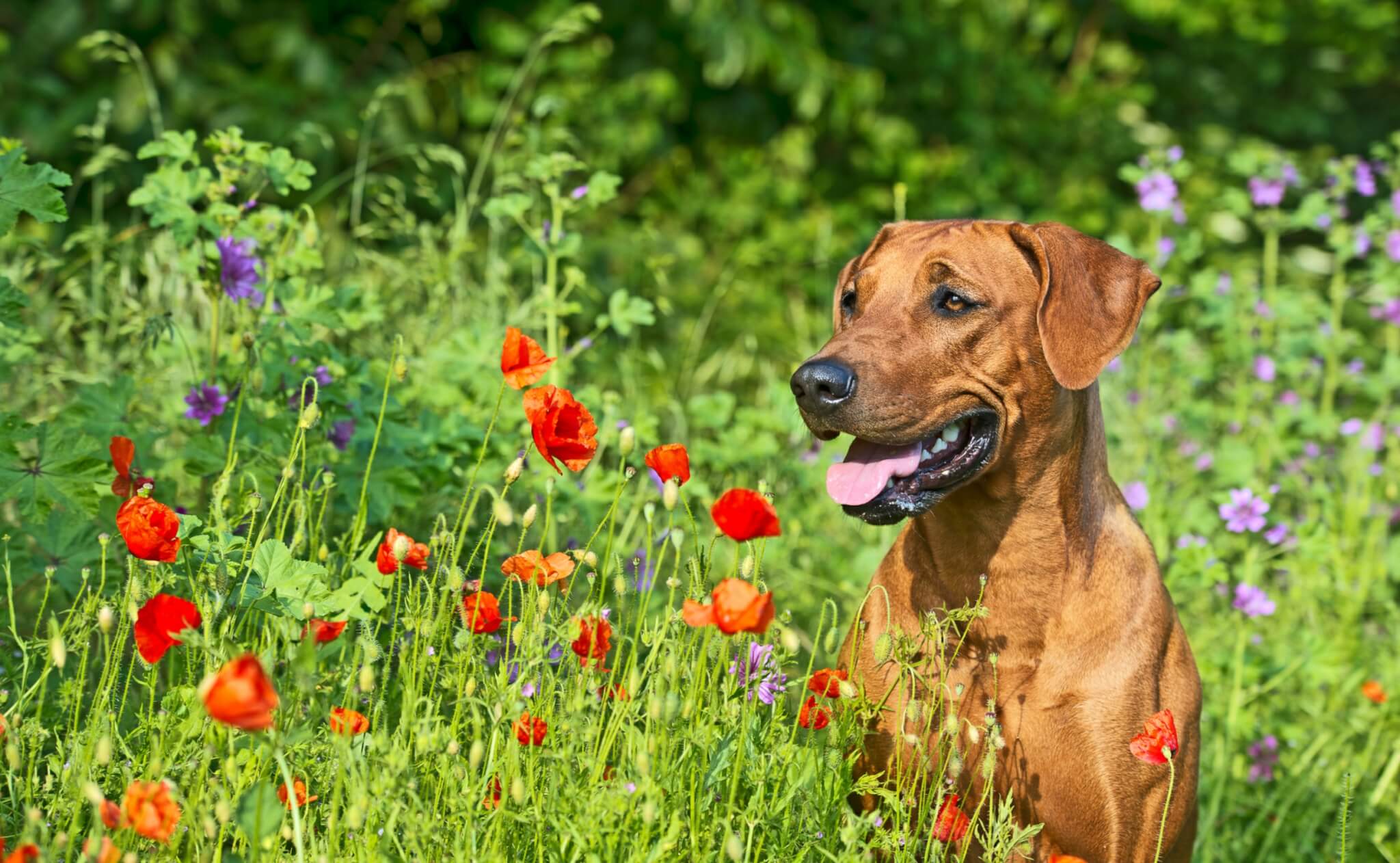
Just like people, dogs can suffer from a wide range of allergies. They may suffer allergic reactions to fleas, food, or other allergens in the environment. One such environmental allergen is pollen. But how can you tell if your dog has a pollen allergy? How do you treat a pollen allergy in dogs?
Can Dogs Have Seasonal Allergies?
Yes, just like humans, dogs can have seasonal allergies. Spring, summer and autumn are the seasons when allergens such as pollen are most likely to affect your dog.
Hay Fever in Dogs
Seasonal allergies, also known as hay fever, can occur in humans and dogs alike. Hay fever in dogs is an allergic reaction in the dog’s body as a response to pollen in the air. Pollen allergy, or hay fever, in dogs is less common than other types of dog allergies, such as flea and dust allergies.

What is Pollen?
Pollen is a substance found inside the flowers of grasses, trees, and weeds. This fine, powdery material is an essential part of the fertilization and reproduction of plants (also known as pollination). Pollen is spread by insects or wind. Ragweed, corn or oats are common pollens that cause allergies in dogs.
When people develop an allergic reaction to pollen, it is called hay fever. This same condition can affect your furry family member as well.
Dogs often come into contact with pollen by smelling or touching pollen-packed plants with their face or paws. But they might also simply inhale pollen floating in the air. Either way, a pollen allergy – both in dogs and humans – is an overactive immune system’s reaction to it.
Pollen allergy season is at its peak in spring and summer, but can last until the beginning of autumn. This is because pollen comes mostly from grass, weeds, flowers, and trees. Tree pollen season usually starts earlier in the year, while grass season gets heavier towards summer. Some scientists report rising temperatures rare leading to more pollen production, meaning it is likely there will be more severe allergy seasons in the future.
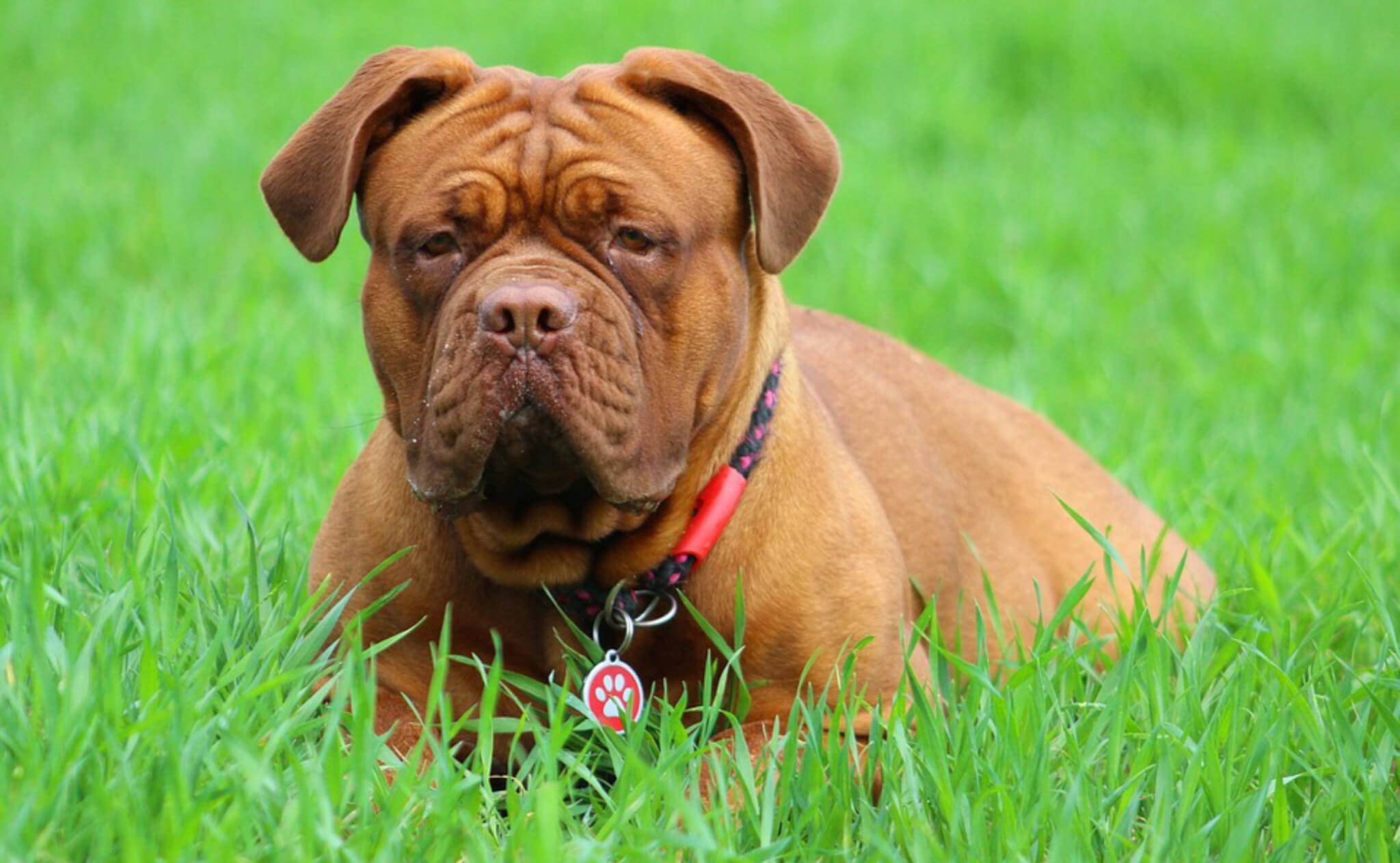
Signs of Dog Seasonal Allergies
Here are the signs of pollen allergies in dogs. If your dog exhibits any of these symptoms, be sure to visit your veterinarian and have your dog checked out.
- Scratching
- Hives
- Excessive licking
- Puffy eyes
- Eye discharge
- Face rubbing
- Hair loss
- Red, stinky ears
- Head shaking
- Red, irritated skin
- Hot spots (acute moist dermatitis, are red, inflamed skin lesions that appear quickly, ooze, and main contain pus)
- Sneezing
- Sensitive skin
- Swollen, itchy paws
- Ear infections
- Sleepiness
- Red nose
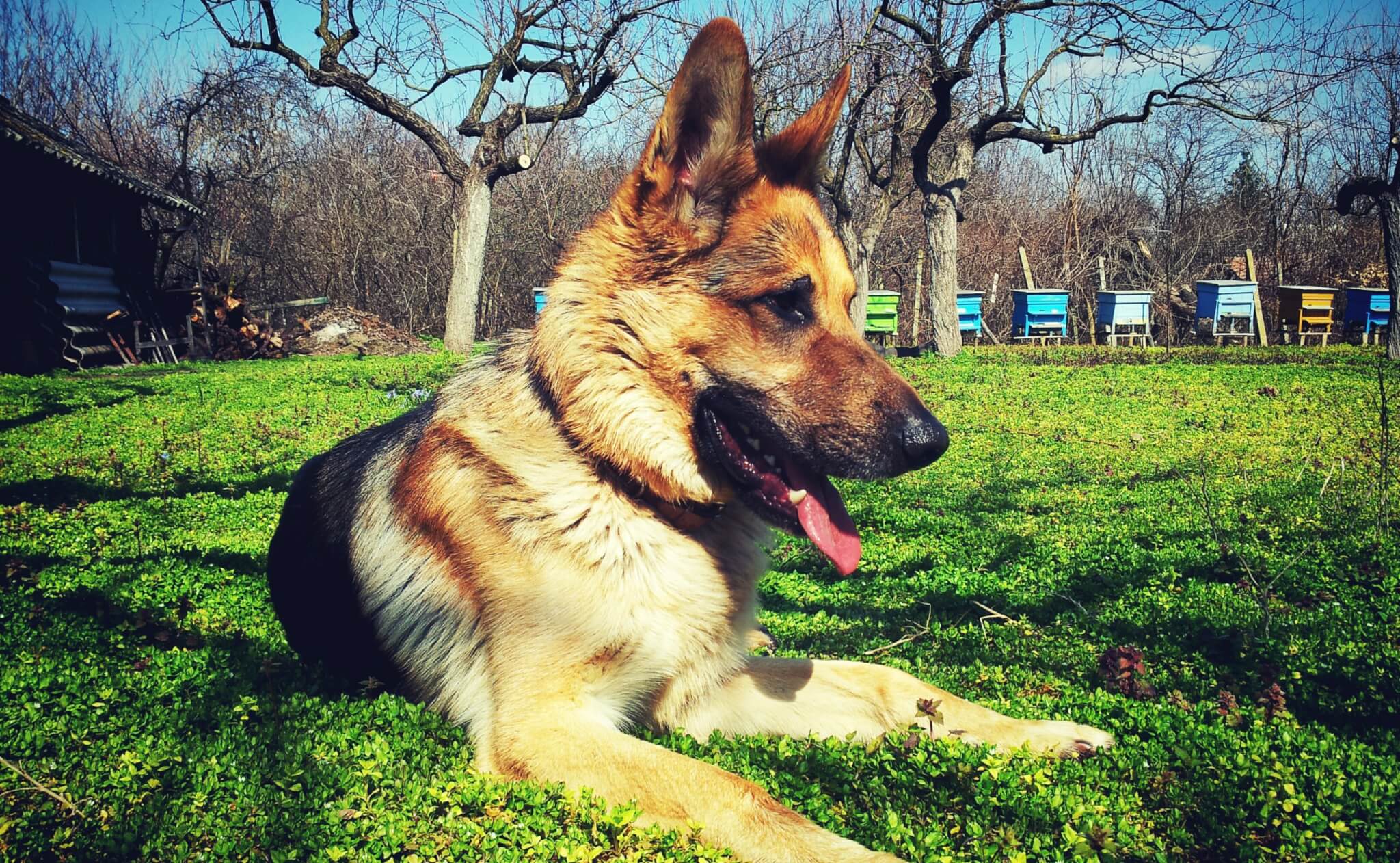
Some Breeds are More at Risk for Seasonal Allergies
Due to the immunities puppies are born with, pollen allergies don’t occur during the first year of life. For unknown reasons, it also seems to affect more female dogs than male dogs. While all dogs can suffer from a pollen allergy, some breeds are more at risk than others to this type of allergies. These breeds include:
- Pugs
- German shepherds
- English and French bulldogs
- Shar Pei
- Labradors
- Golden retrievers
- Setters
- Terriers
- Boxers
- Dalmatians
- Schnauzers
- Cocker spaniels
- Bichon Frise
How to Prevent Seasonal Allergies in Dogs
To minimize your dog’s exposure to pollen during the pollen allergy season, try these tips:
- Before heading out to spend time outdoors, use a special spray containing oatmeal and aloe vera to protect your pup’s fur.
- After a walk, remove pollen that might have clung to your dog’s paws with a clean cloth.
- Immediately soothe an inflammation. Give your dog a bath with a special hypo-allergenic shampoo for irritated skin.
- Remove dirty or clumped fur from your dog.
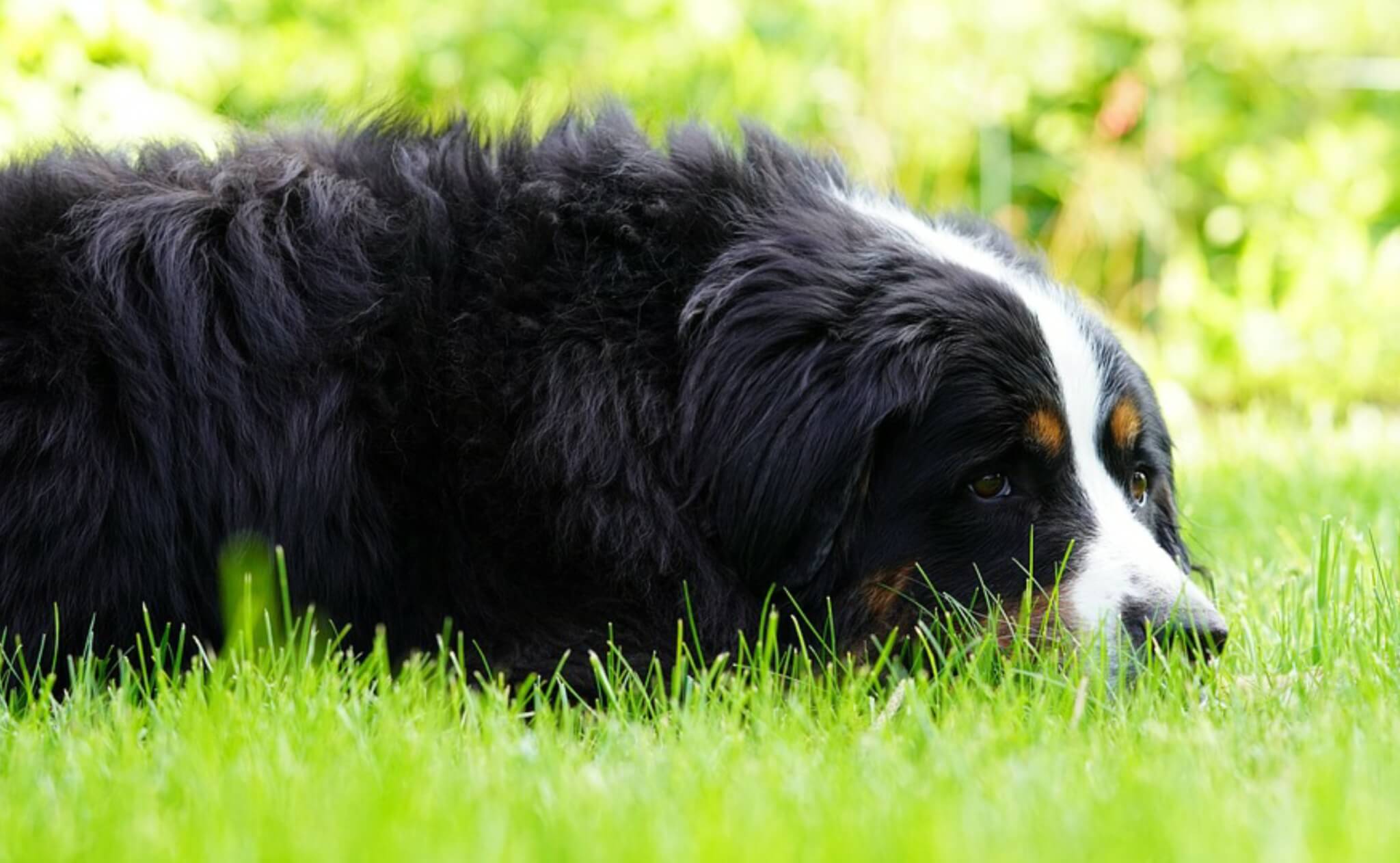
How to Treat Seasonal Allergies in Dogs
Special care products, such as face and paw wipes, moisturizers, shampoos, soaps and special brushes are appropriate for dogs who are mildly affected.
Veterinarians commonly prescribe Benadryl to treat seasonal allergies in dogs. Immunotherapy (allergy shots) is another best practice for treating dogs with seasonal allergies. Immunotherapy works by introducing a small amount of the allergen through injections (or sometimes in the form of drops under the tongue) gradually over time. This builds a tolerance in the dog to the allergen. Frequency of injections can vary, but the most common schedule is every other day initially and then decreased to once or twice weekly. Injections must be continued for at least one year; during this time your dog will need to take medication to control his or her allergic symptoms.
Note: If you notice seasonal allergy symptoms in your dog, the first thing to do is contact your vet and schedule an exam. There are plenty of solutions and after a thorough check, your vet will make recommendations based on your dog’s needs.
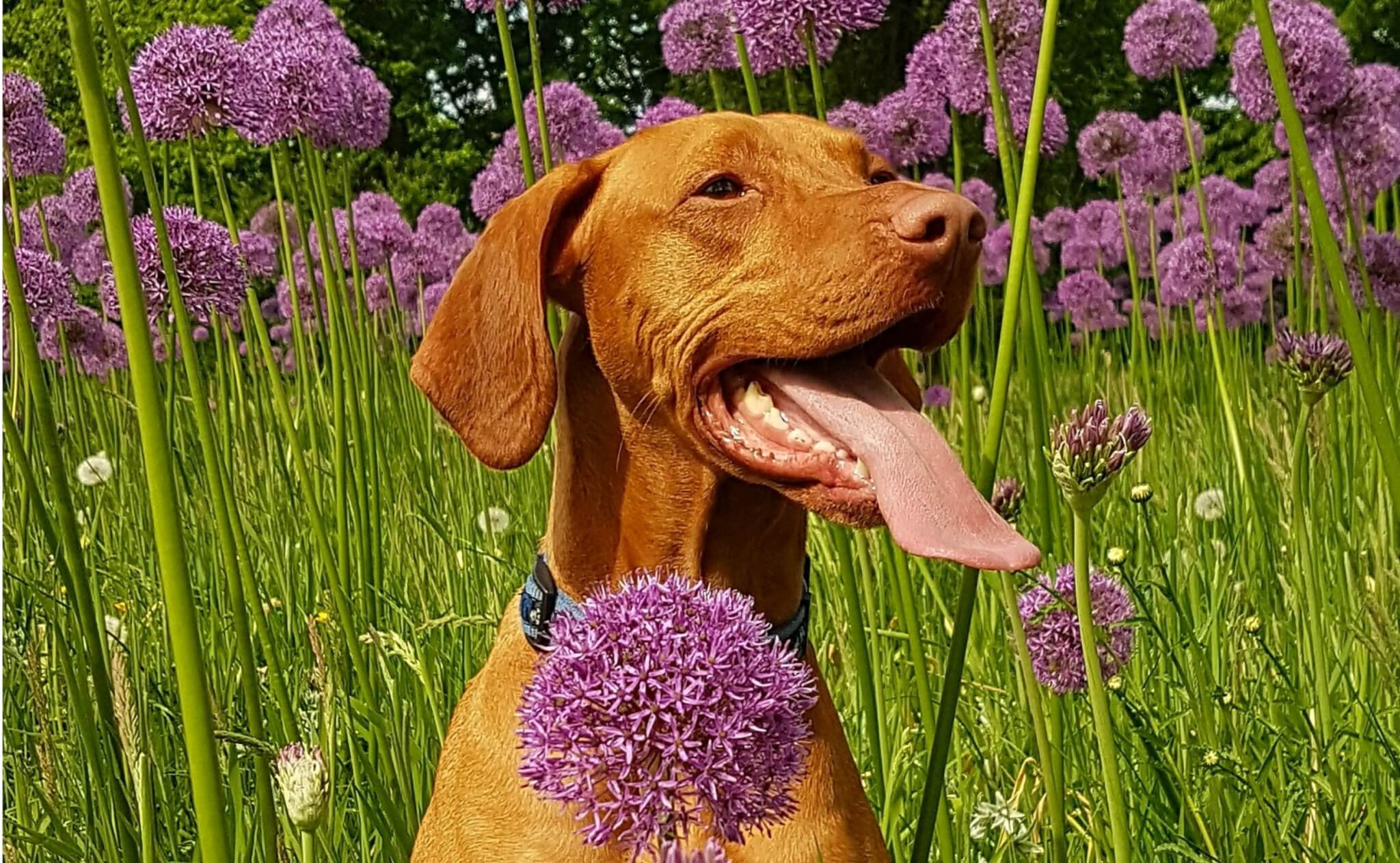
Natural Remedies for Dog Seasonal Allergies
Natural care remedies can be very helpful for helping your dog feel better during pollen allergy season.
-
Coconut oil
Coconut oil has antibacterial properties, reducing the sensation of itching. Used in combination with fish oil, it can decrease allergic responses your dog might have to pollen.
-
Fish oil and turmeric
These anti-inflammatory supplements can benefit dogs suffering from seasonal allergies.
-
Aloe vera
Make sure you use the gel form of aloe vera. Due to its anti-inflammatory properties, it can be very helpful for hot spots and itchiness.
-
Apple cider vinegar
Apple cider vinegar is very effective to clean the pollen off your dog’s paws.
-
Thyme infusion
Thyme infusion calms skin infections; is suitable for the toes and paws.
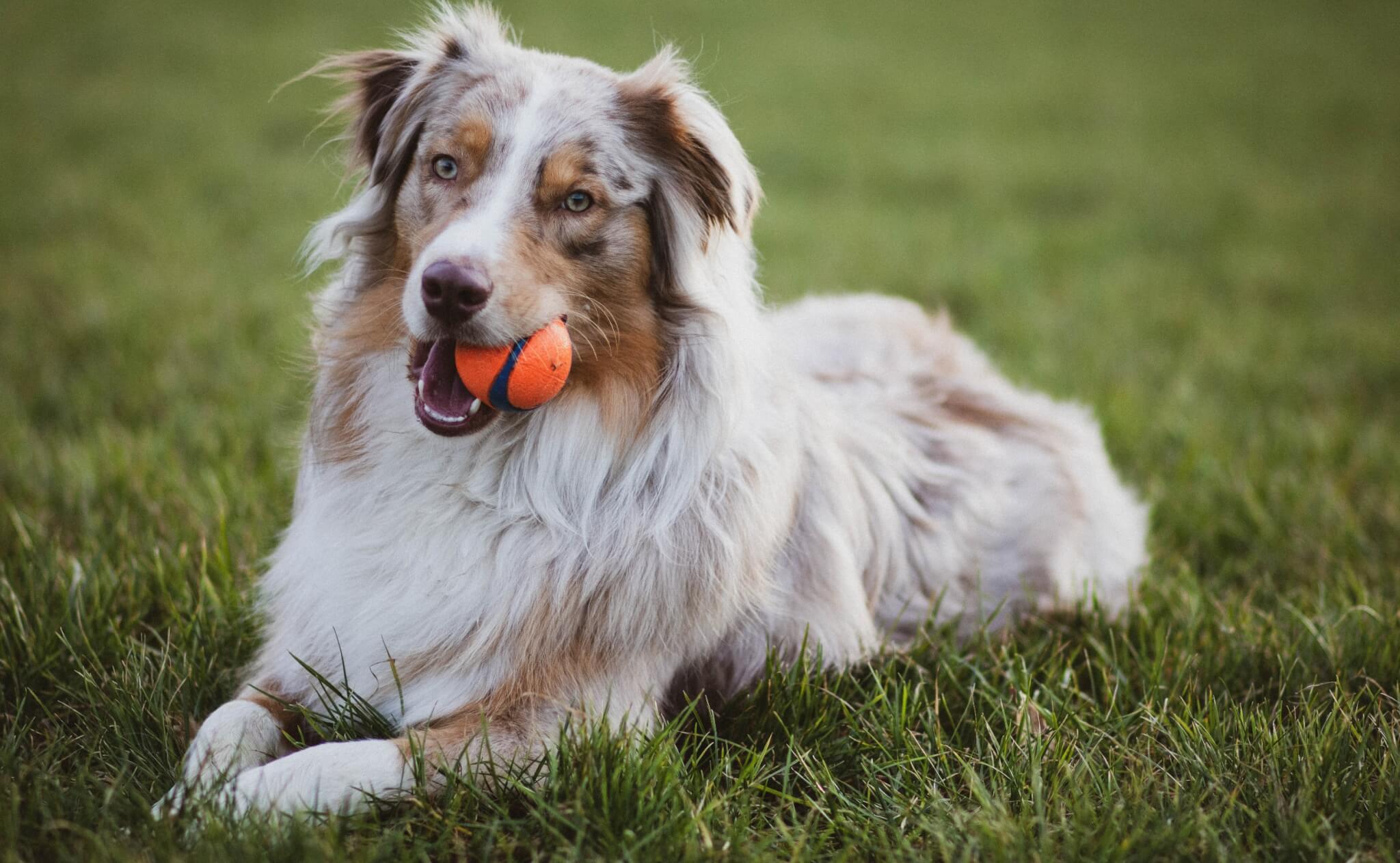
Final Thoughts
Seasonal allergies affect many people and their canine family members too. Any dog can develop a pollen allergy. Some are more likely to develop seasonal allergies due to their breed or exposure to pollen. Make sure you know the symptoms of seasonal allergies in dogs and take measures to protect your dog. You may also try natural remedies to treat pollen allergies but consult your vet to make sure you are administering the right treatments for your dog.
Does your dog suffer from seasonal allergies? What remedies have worked for your dog? Please share your experience with the rest of the Canine Campus community by leaving a comment below.

 5 Tips for Preventing Obesity in Your Dog
5 Tips for Preventing Obesity in Your Dog How Safe is Spaying or Neutering for Your Dog?
How Safe is Spaying or Neutering for Your Dog? We Are Open
We Are Open Cranial Cruciate Ligament Rupture in Dogs
Cranial Cruciate Ligament Rupture in Dogs How to Recognize and Treat Ear Mites in Dogs
How to Recognize and Treat Ear Mites in Dogs






Leave a Reply